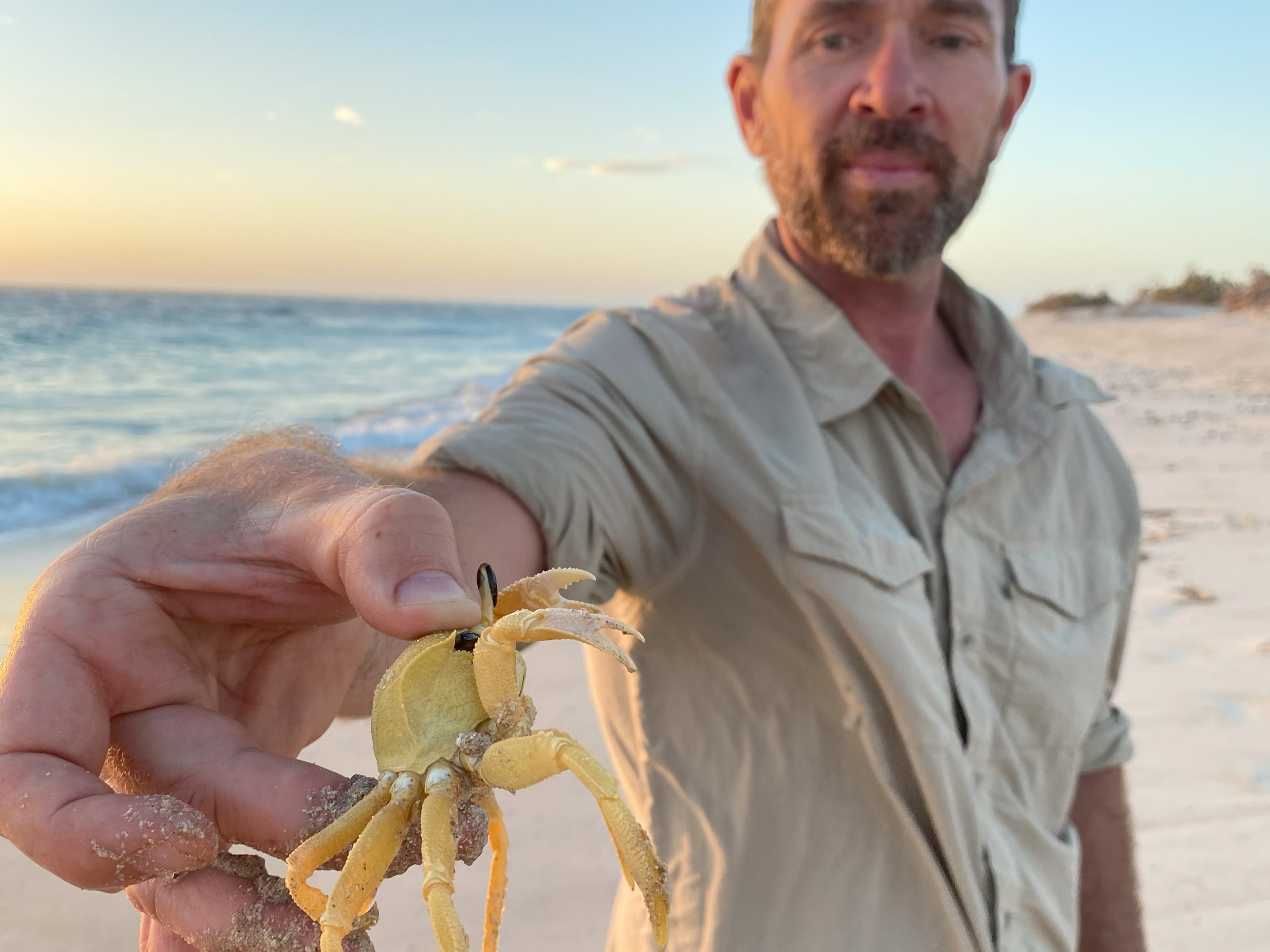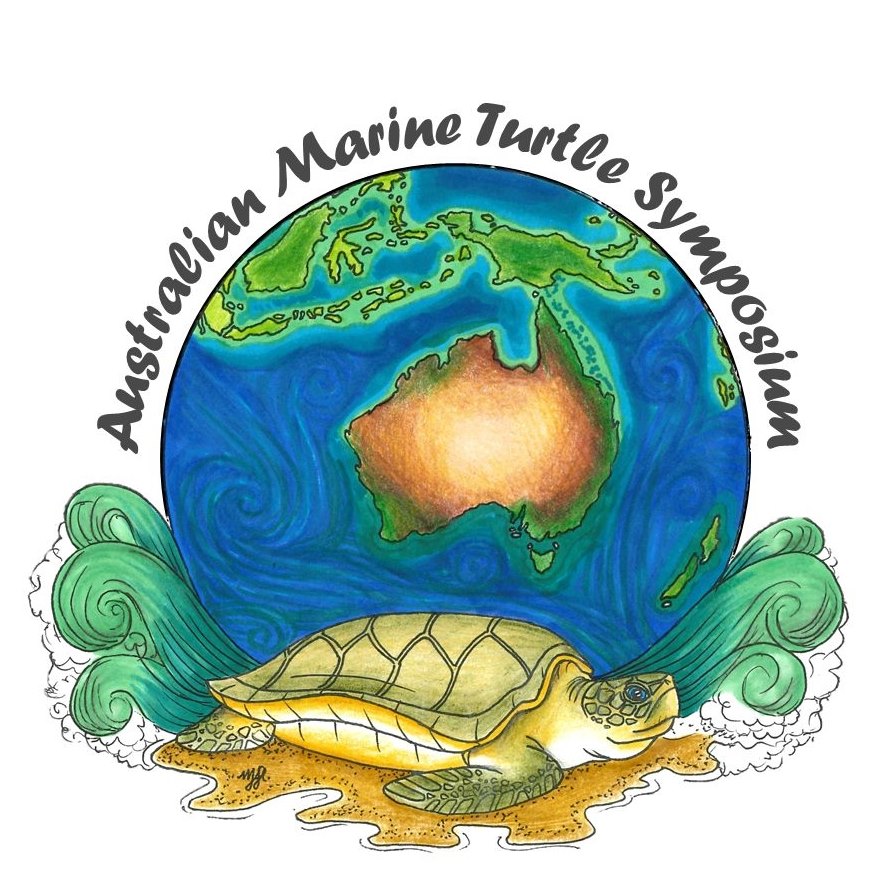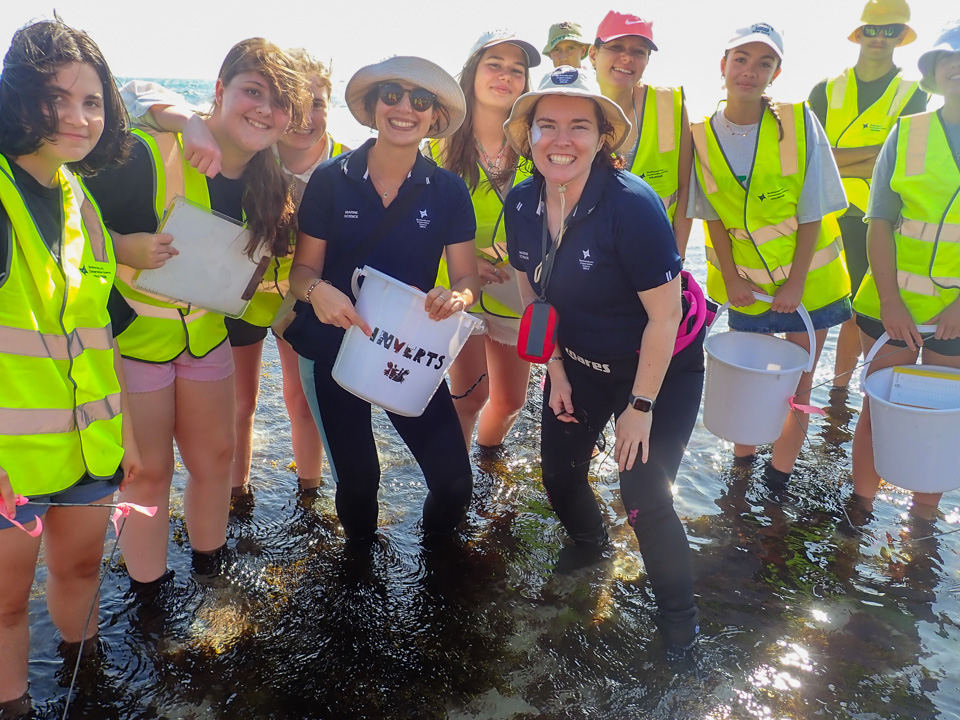

Prioritisation of conservation research and monitoring for Western Australian protected areas and threatened species
November 2024
Nesting flatback turtles lay 50 – 70 eggs in the sand, leaving eggs to incubate for around seven weeks before hatchlings emerge and scurry towards the ocean.
On Thevenard Island off WA’s Pilbara coast, a collaborative research project between the North West Shelf Flatback Turtle Conservation Program and Edith Cowan University has shown that nearly 30% of hatchlings are predated by ghost crabs, sea gulls and Caspian terns when they make that perilous journey from sand to sea.
That’s compared to zero predation of eggs in the sand – a surprising result given predation of eggs at other known nesting beaches!
Dr Casper Avenant, who completed this research as part of his PhD, said that other studies have reported on the predation of flatback turtles in the region, but this is the first to provide quantified predation rates on both eggs and hatchlings.
Ongoing studies into predation levels of marine turtle hatchlings help to inform conservation planning and management, particularly as other human-induced impacts occur alongside predation in this region.







